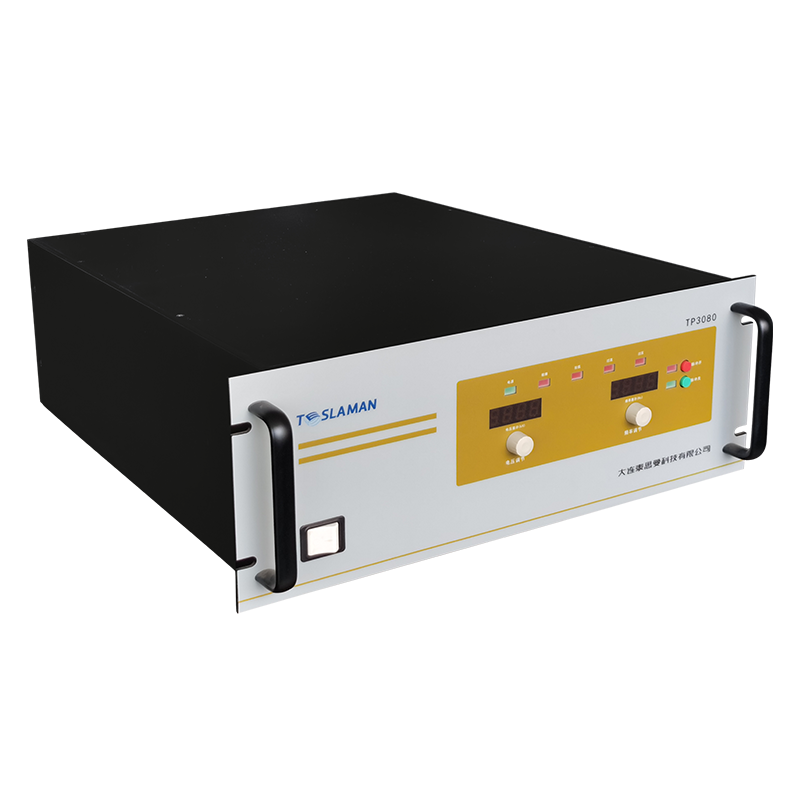Technical Analysis and Application Optimization of Power Supply Adaptation Scheme for Photomultiplier Tubes
1. Power Supply Requirement Characteristics of Photomultiplier Tubes (PMTs)
As a high-sensitivity photoelectric conversion device, the working principle of PMT relies on the electron multiplication effect under high-voltage electric fields. The anode operating voltage range of typical PMTs usually spans from 500V to 3000V, with strict requirements for power supply stability, ripple coefficient, and dynamic response, specifically:
Voltage accuracy requirement: The gain of PMT is exponentially related to the operating voltage. A 0.1% voltage fluctuation may cause over 1% gain variation, necessitating a voltage stabilization accuracy of 0.01%–0.1%.
Low-noise characteristic: If the power supply ripple exceeds 1mV (peak-to-peak), it directly introduces dark current noise, affecting the signal-to-noise ratio (SNR) of weak optical signal detection.
Dynamic response requirement: In pulsed optical signal detection, the power supply must suppress load current transients (e.g., transient current caused by avalanche effect) within nanoseconds to avoid voltage overshoot or drop.
2. Core Technical Architecture of Power Supply Adaptation Schemes
1. Selection and Optimization of Topologies
Linear regulated power supply: Based on the series pass transistor principle, it features extremely low ripple (<100μV) and excellent transient response, though with efficiency typically below 30%. It is suitable for noise-sensitive precision detection scenarios (e.g., spectral analysis), with key design points including the heat dissipation topology of high-voltage pass transistors and the parameter matching of multi-stage LC filter networks.
Switching DC-DC power supply: Adopting PWM modulation technology with efficiency up to 80%, suitable for portable devices or multi-channel PMT arrays. Noise suppression technologies include:
Soft switching (e.g., LLC resonance) to reduce switching losses;
Integration of multi-stage π-type filter networks (ceramic capacitors + ferrite beads) to attenuate high-frequency ripple;
Adaptive frequency jittering to disperse harmonic energy.
2. Dynamic Load Matching Technology
PMTs generate transient large currents (up to mA level) under strong light irradiation, causing output voltage dips. Adaptation schemes must integrate:
Transient current buffer circuit: A energy storage network composed of supercapacitors and fast-response diodes compensates for load current transients within 50ns;
Adaptive feedback control: Using feedforward control algorithms to monitor anode current changes in real time, adjusting PWM duty cycle in advance to shorten voltage recovery time to within 1μs.
3. Protection and Monitoring System Design
Overvoltage protection: A hardware latching circuit composed of a resistive voltage divider and comparator cuts off the power transistor drive within 1μs when the output voltage exceeds 105% of the set value;
Temperature compensation mechanism: A negative temperature coefficient thermistor monitors the PMT cathode temperature in real time, and an MCU dynamically adjusts the reference voltage to compensate for temperature drift (typical drift coefficient: 200ppm/℃).
3. Differentiated Adaptation Strategies for Typical Application Scenarios
| Application Field | Voltage Requirement | Key Technical Indicators | Optimization Focus of Adaptation Schemes |
|-------------------------|---------------------------|--------------------------------------|-------------------------------------------------------------|
| Nuclear Physics Detection| 2000V–3000V | Ripple <500μV, voltage stability 0.05% | Multi-stage magnetic shielding + thermostatic control power supply cavity |
| Bio-fluorescence Detection| 800V–1500V | Dynamic response time <100ns | Low-noise LDO post-regulation + optocoupler-isolated feedback |
| LiDAR | 500V–1000V | Rise time <5ns | GaN device high-frequency switching + distributed filtering |
4. Future Technical Development Trends
With the iteration of wide-bandgap semiconductor devices (e.g., SiC MOSFET) and digital power management chips, PMT power supply adaptation schemes are evolving toward high-frequency, digital, and intelligent directions. For example, digital PID control combined with model predictive control (MPC) algorithms can suppress ripple below 100μV, while OTA technology enables remote dynamic configuration of power parameters to meet adaptive adjustment requirements in extreme environments.




















